Alfa Romeo cars from the 1930s
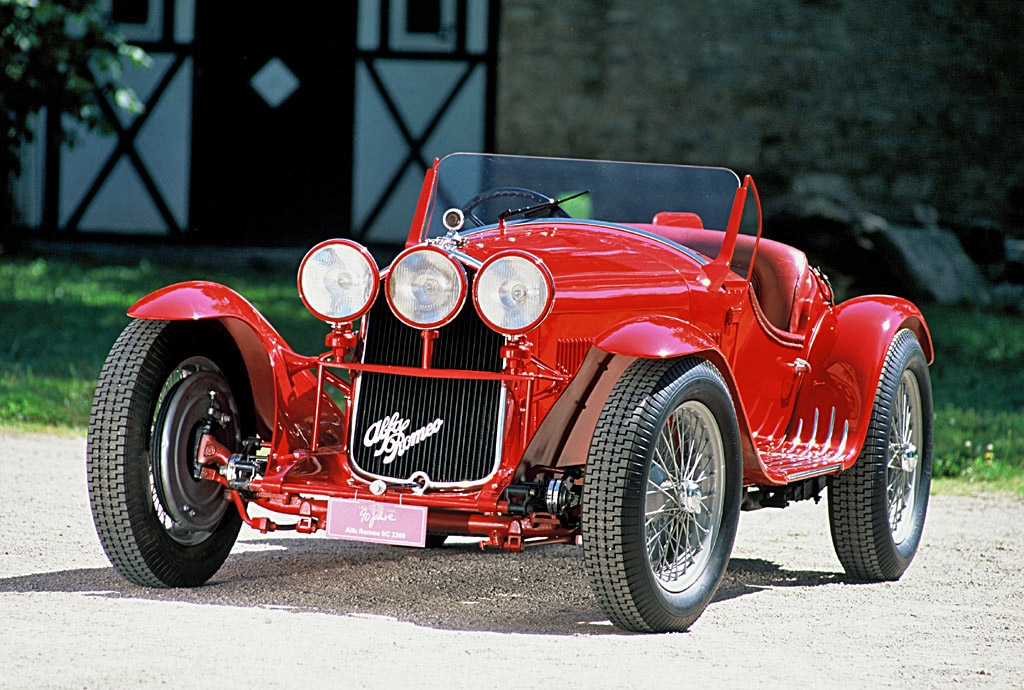
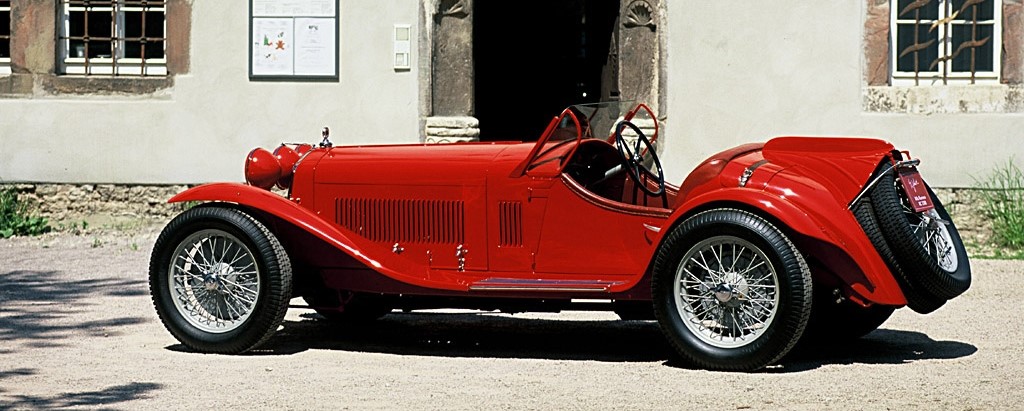
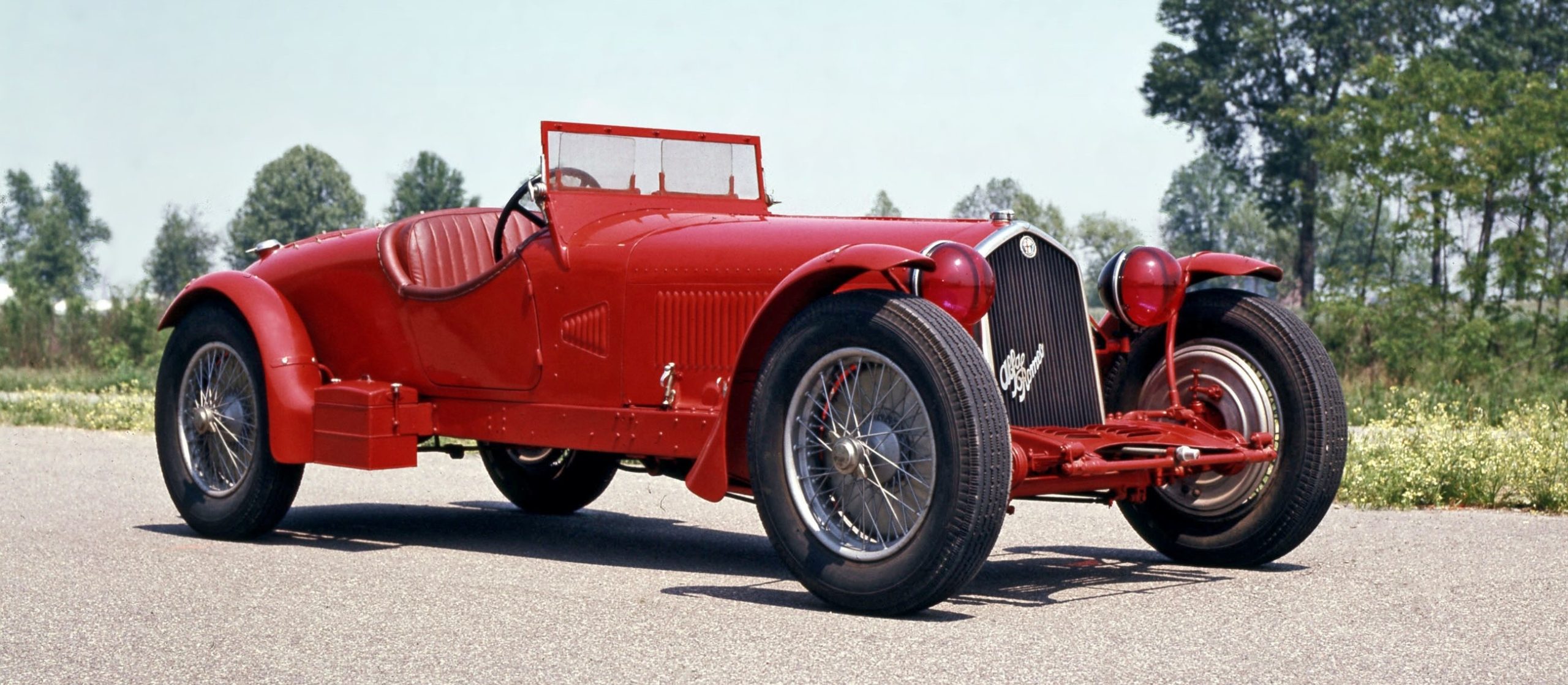

1930 Alfa Romeo 6C 1750
Evolution of the “6C 1500”, the Alfa Romeo 6C 1750 is a milestone, a genuine legend in the history of Alfa Romeo and of motorsports in general.
The range of the Alfa Romeo 6C 1750 at the end of the twenties featured four body types – the Sport, the Berlina, the Torpedo and the Spider – in addition to Super Sport. A spider and convertible known as Gran Sport and fitting a volumetric supercharger appeared in the 4th and 5th series.Milan-based coachbuilder Zagato made several sporty-looking spiders that would become famous for their achievements on the chassis of the most powerful 6C 1750 Gran Sport.
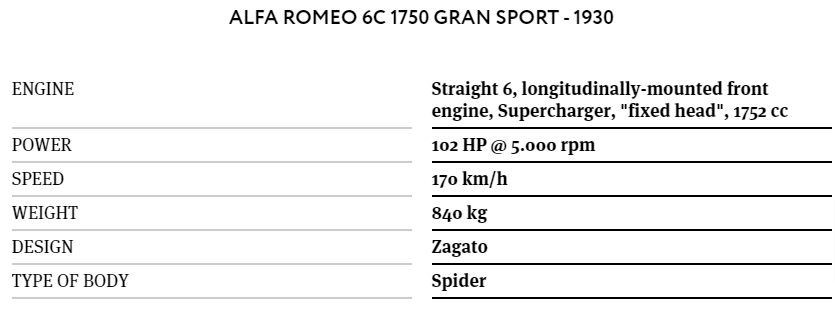
The engine, designed by Vittorio Jano and derived from the earlier “6C 1500”, is a 1752 cc straight-6 with two overhead cams and lobe volumetric supercharger. The original 85 hp of the straight-6 was increased to 102 hp in the so-called Testa Fissa (fixed head) versions. With a weight of just 840 kg, this 1750 GS clocked a top speed of 170 km/h.
Not by chance, the most famous 6C 1750 Gran Sport is one of Zagato’s. Its fame still echoes today in glossy magazines and on the posters of historic race re-enactments. Its characteristic snout with three red-capped headlights caps is a firm favourite of all motorsports enthusiasts and not only Alfa Romeo fans.
A total of 213 examples of the 4th and 5th series Gran Sport were made between 1930 and 1932, including only six Testa Fissa versions.
At that time, Mille Miglia was the most famous race in the world and – as is still the case today for the re-enactment – crews came tothe home of motorsports from all over the world to compete against the strongest drivers at the wheel of the winning Italian cars.
The 1930 edition would be remembered for the win of Nuvolari and Guidotti who set a new record by covering the 1600-kilometre race at an average speed exceeding 100 km/h (100.430 km/h to be precise). Alfa Romeo cars occupied the first four places, with Nuvolari and Guidotti ranked immediately above Varzi/Canavesi, Campari/Marinoni and Ghersi/Cortese respectively. Not far behind, another four Alfa cars (6C 1750 GS) occupied the eighth to eleventh places.
But besides the records and impressive statistics, the winning pair achieved legendary status for Guidotti’s account of how he and Nuvolari overtook Achille Varzi just before the finish line with their headlights off to surprise their rival. Was it fact or fiction? Nuvolari never denied it, although the stealthy manoeuvre may have been facilitated by the light of dawn.
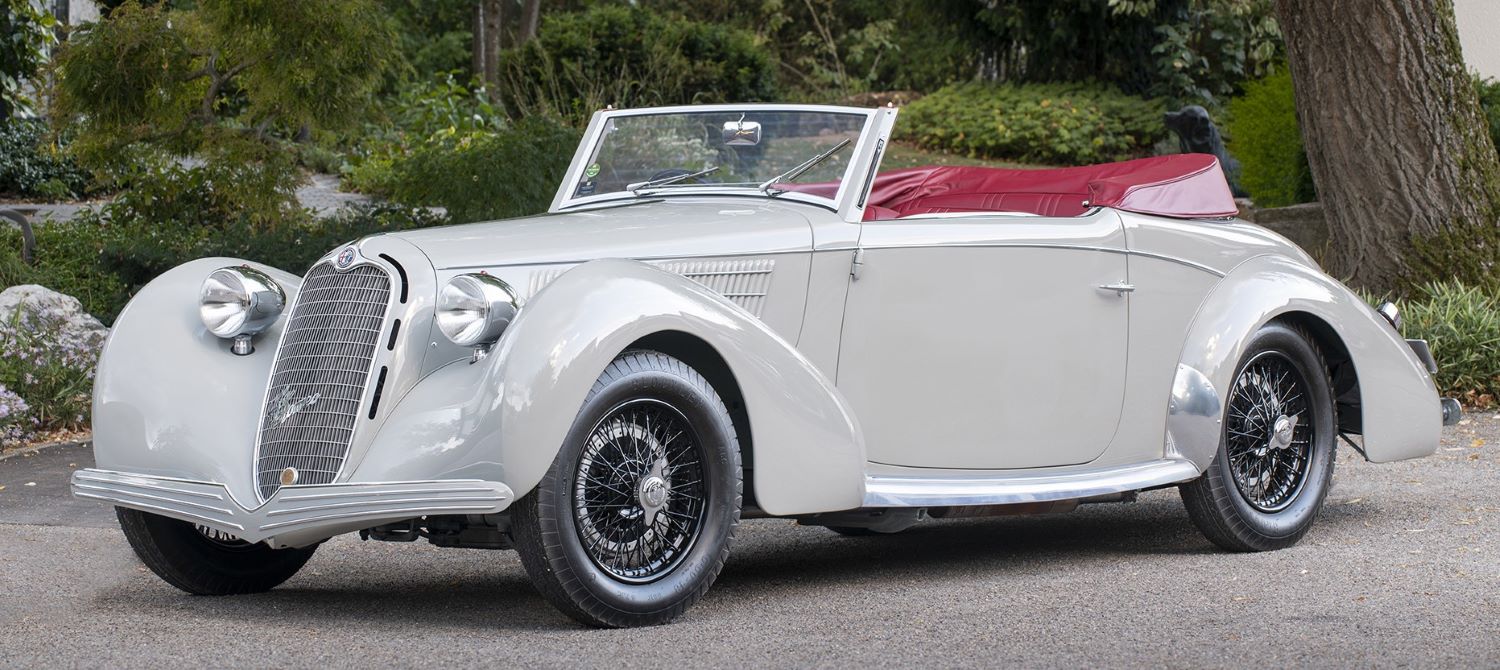
1938 Alfa Romeo 6C 2300B on display is one of four built with Graber coachwork, and the only with a Mille Miglia-specification engine and chassis. They finished 1st and 2nd in their class at the 1937 Mille Miglia, 1st, 2nd and 3rd at the 1937 Targa Abruzzo in Pescara, took victory again at Pescara in 1938. Body designed by Swiss coachbuilder, Graber. In total, Graber bodied four 6C 2300s in a cabriolet style, but this example is the only existing one and the only with the Mille Miglia-specification engine and chassis.
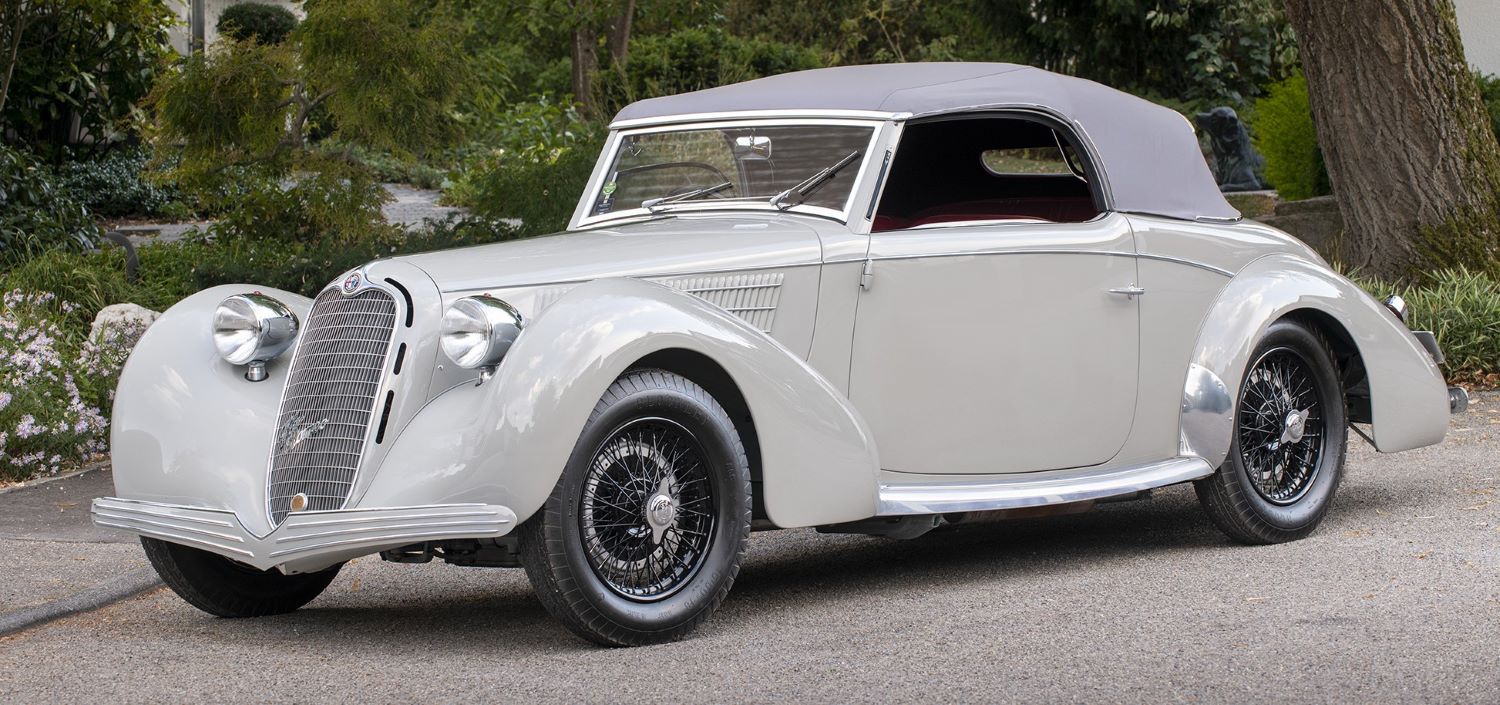
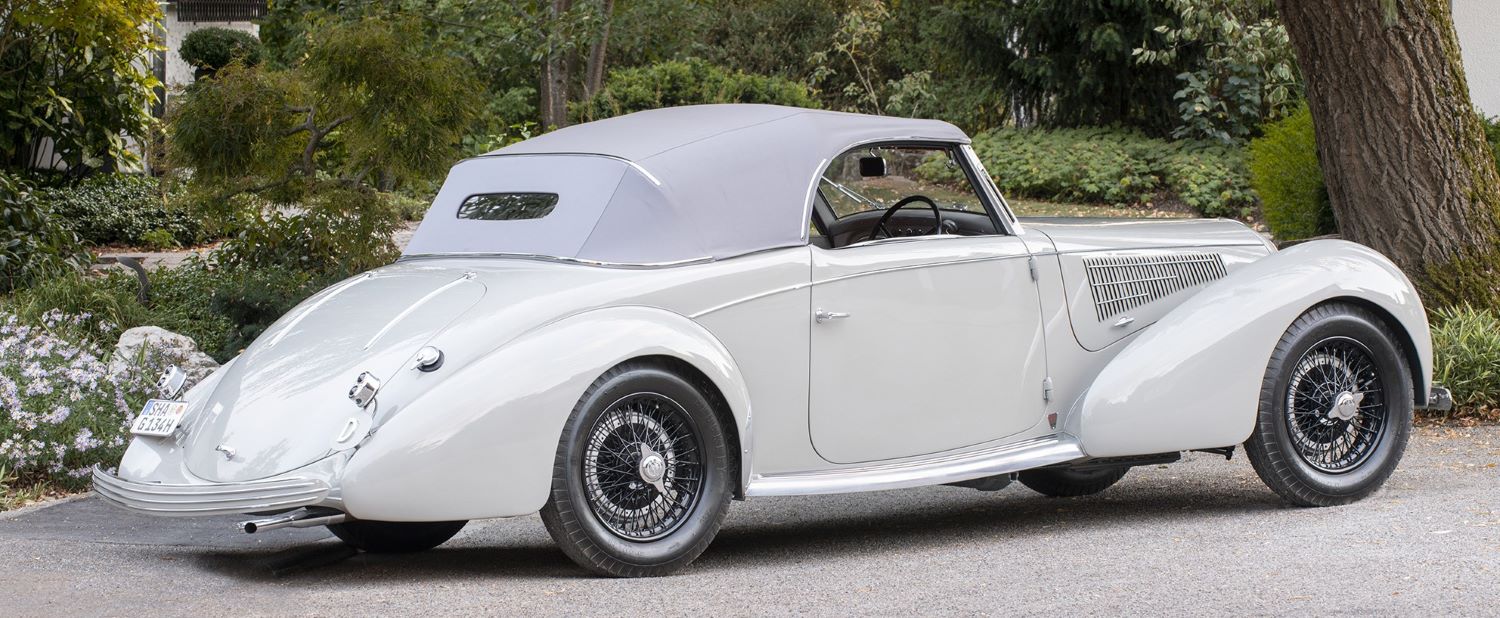
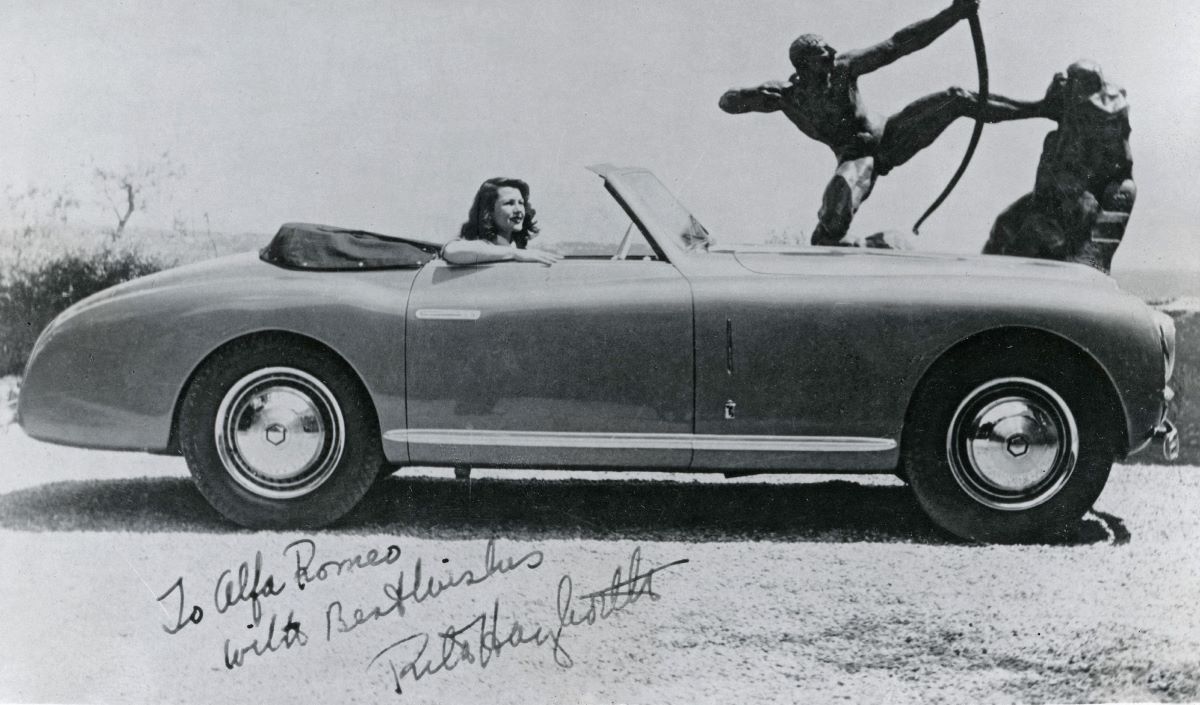
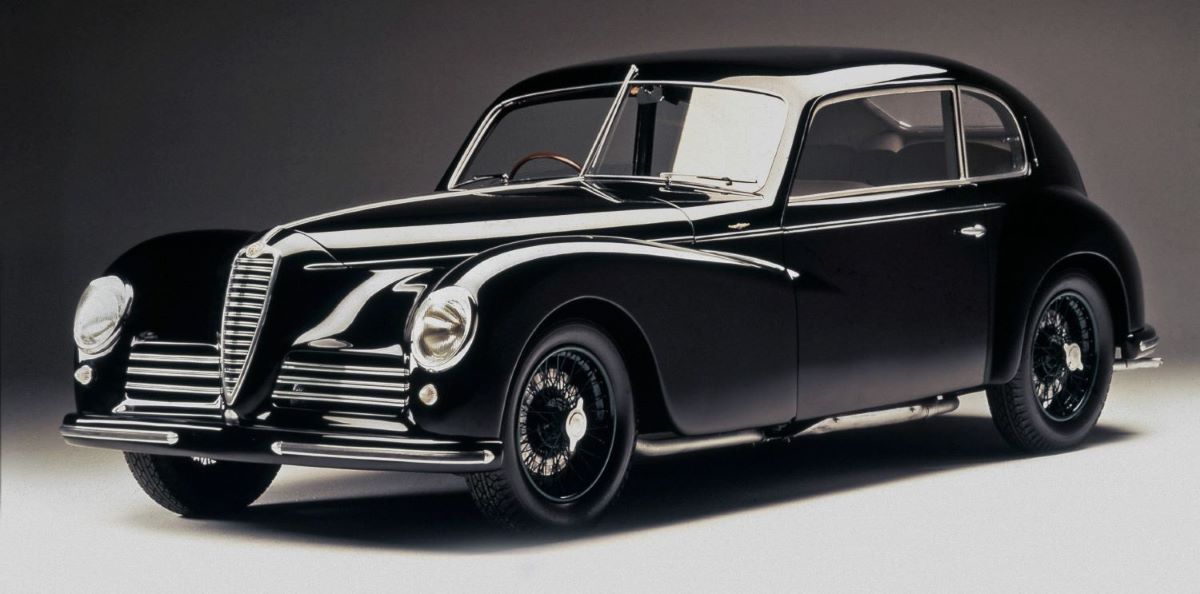

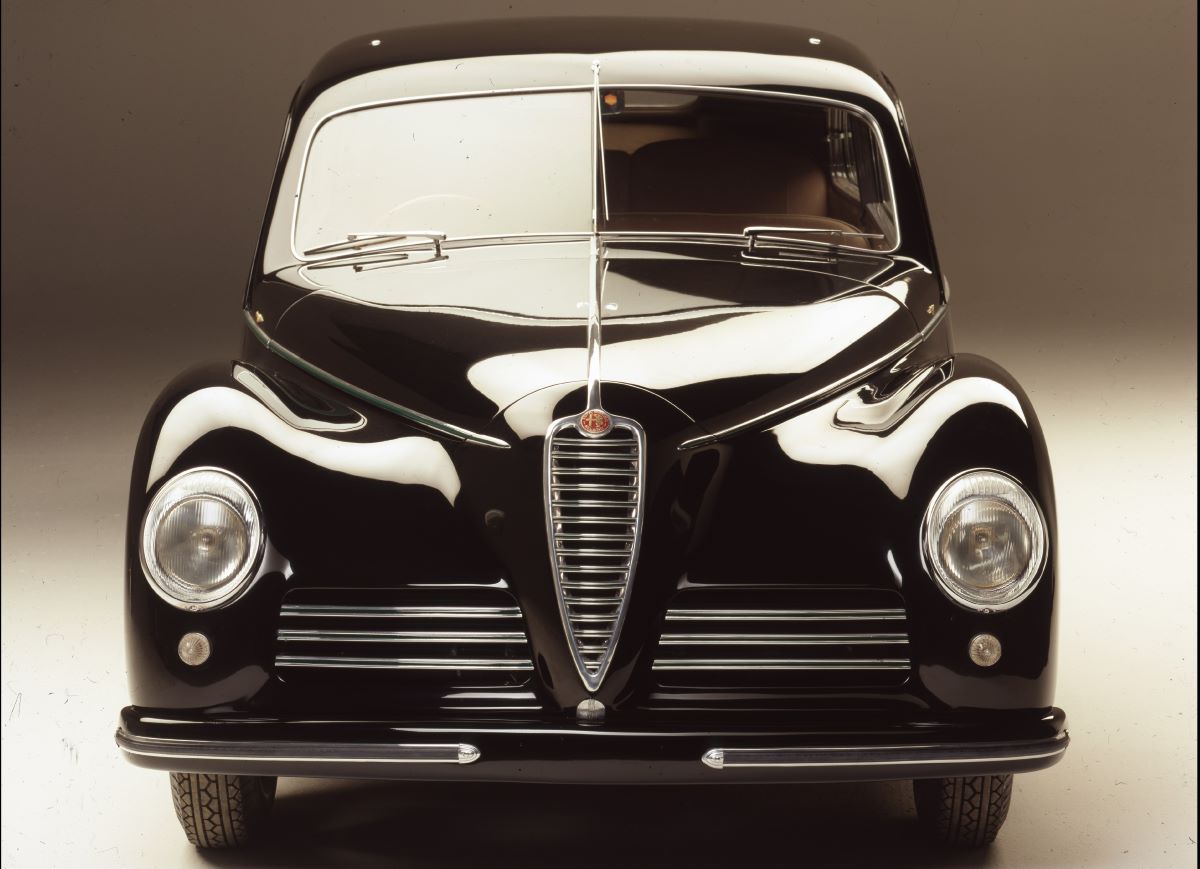
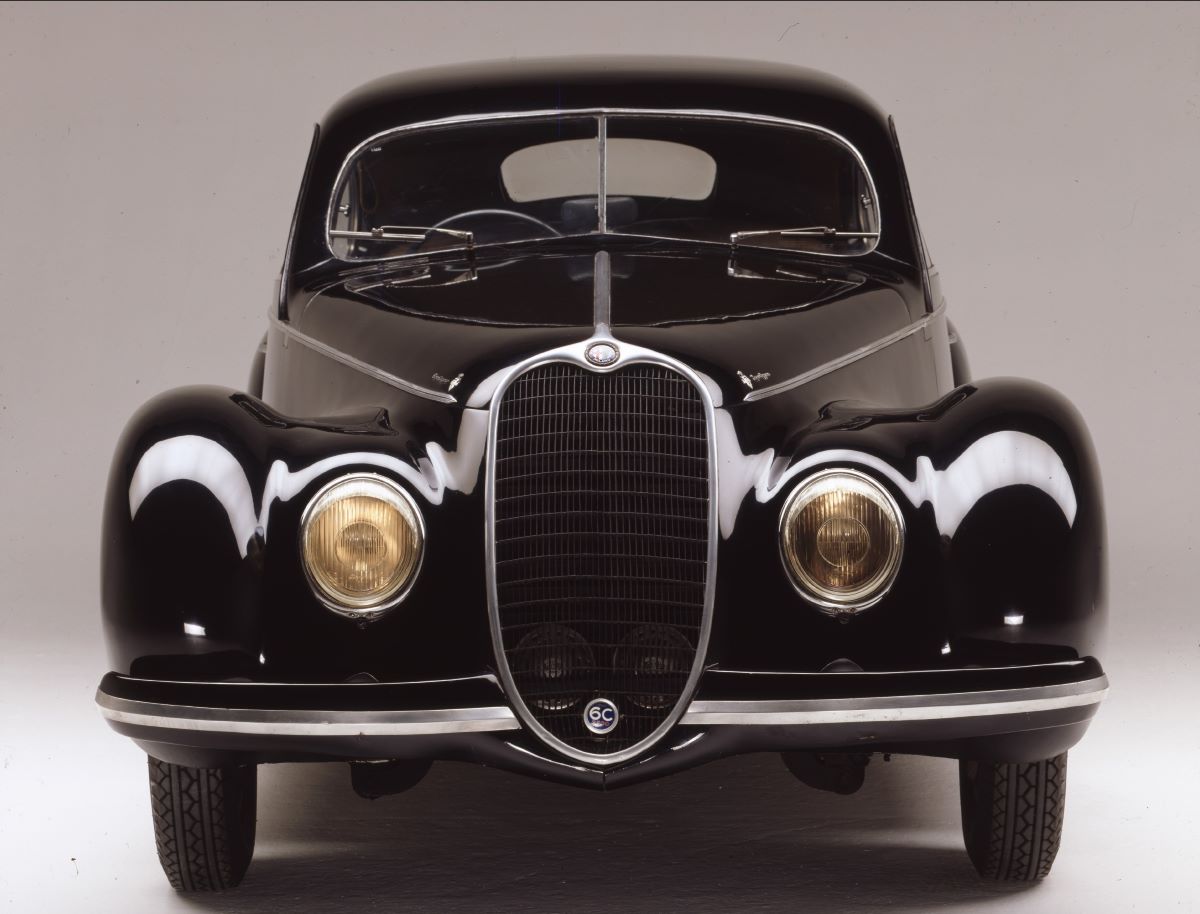
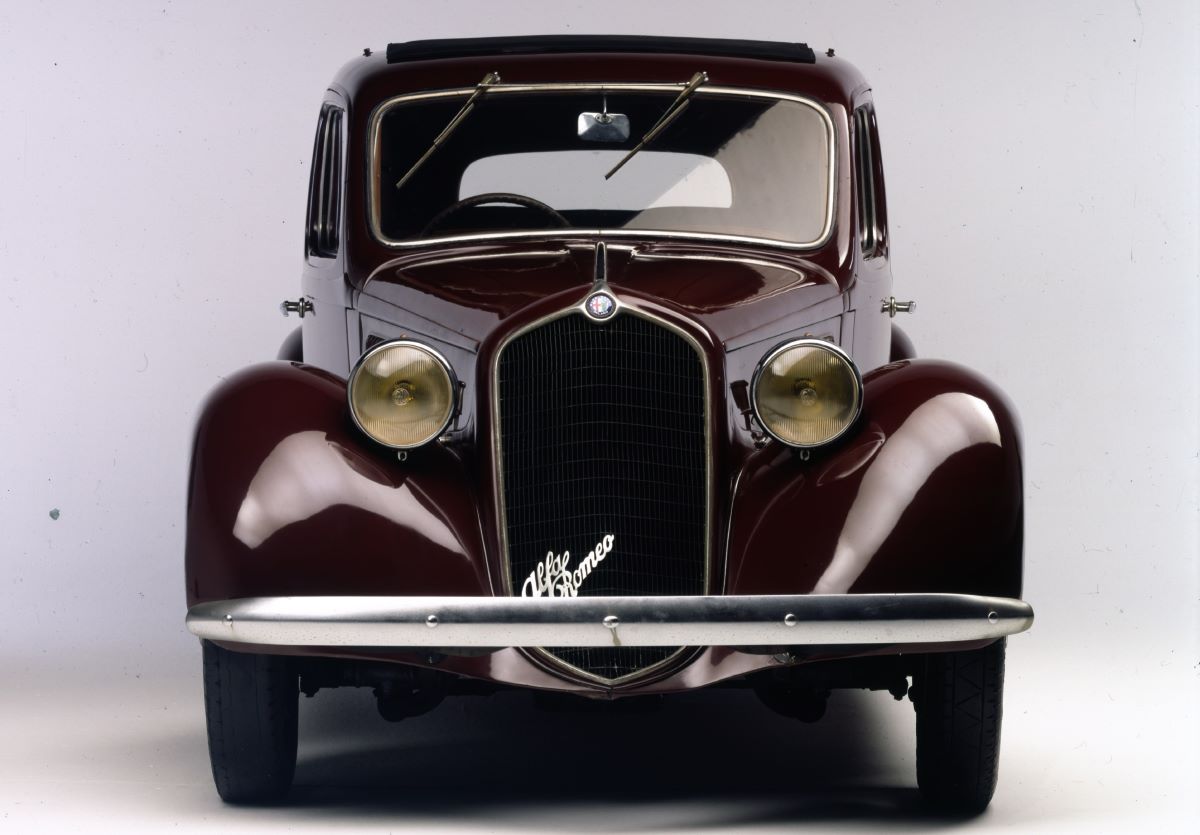
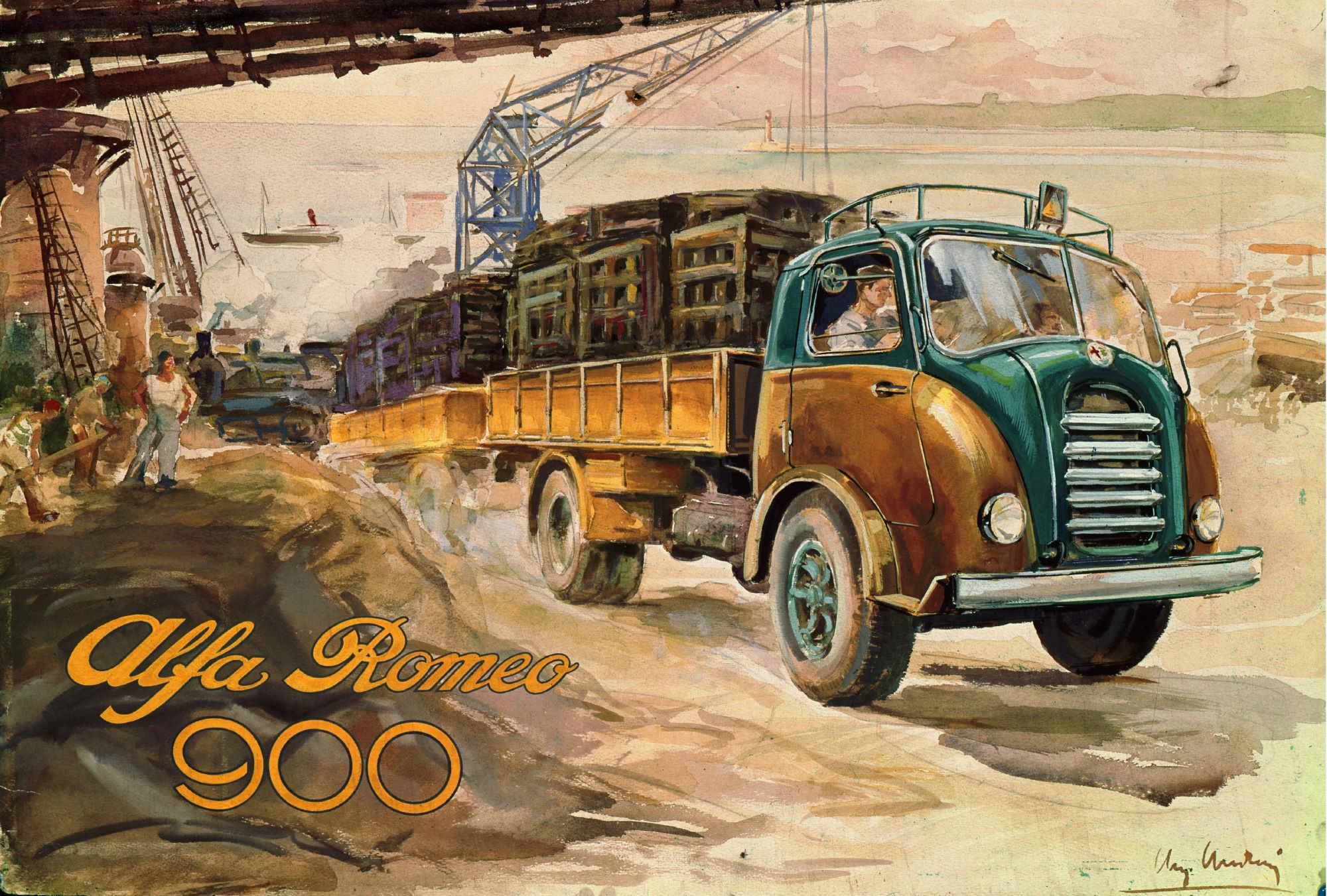

You must be logged in to post a comment.